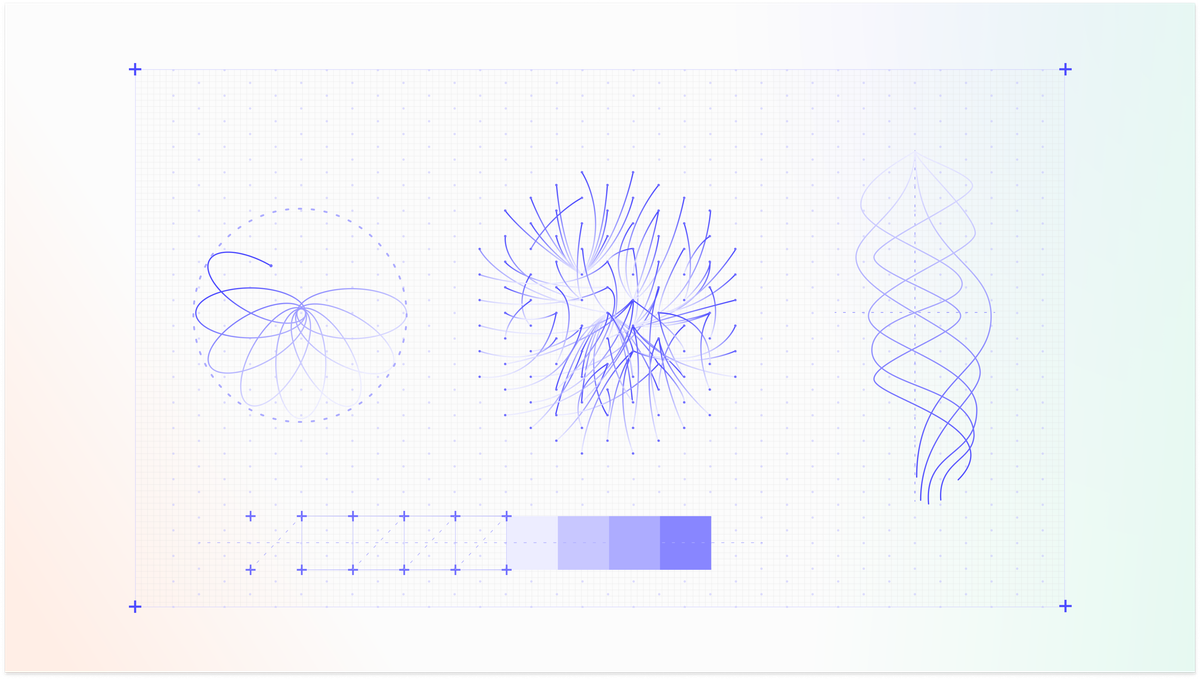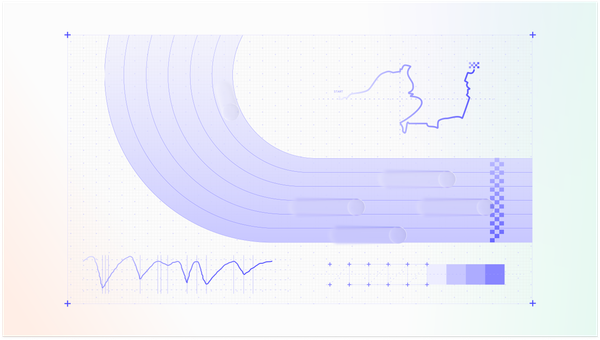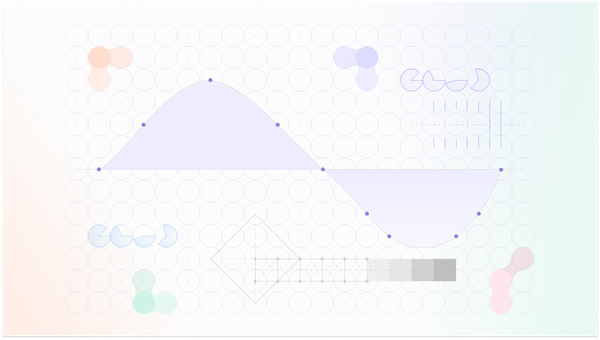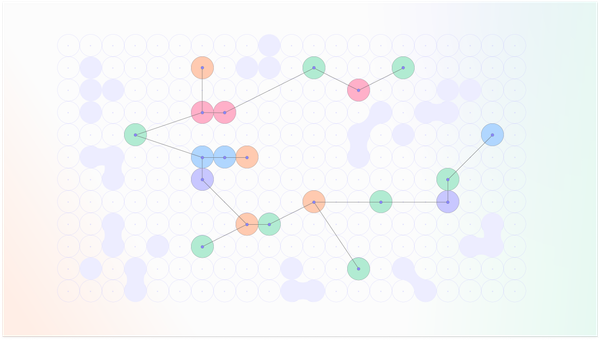In our previous articles, we explored the hidden costs of fragmented research and the exponential ROI gained through project velocity, data integrity, and risk reduction.
Now, we move to the crucial question: How can your team begin building a resilient, connected research infrastructure today?
The research market is fragmented, unstable, and undoubtedly impacted by the exponential evolution of GenAI. To thrive, it’s crucial to treat research as a strategic, unified infrastructure, not a set of isolated tasks.
Here is a blueprint of operational principles you can implement now, alongside the strategic vision for a truly cohesive future.
Step 1: Implement Self-Service Operational Principles (The Immediate Win)
Before investing in new resources, your team can drastically improve velocity and integrity by aligning workflows and standards.
A. Establish a Unified Access Protocol (Overcoming the Internal Barrier)
Stop treating every new project as a bespoke procurement process. Fragmentation in business processes can destroy value and efficiency.
Actionable Step: Map all external workflows. Document the end-to-end process for engaging any external service (recruiter, agency, consultant). Set clear, standardized agreements (SLAs, NDAs) that are pre-approved and easily accessed.
The Principle: This eliminates your internal administrative friction and internal procurement barrier by standardizing your legal and paperwork processes. Fragmented customer insight systems lead to the ‘Time Tax,’ where teams spend hours hunting for and recreating customer insights that already exist across different tools — slowing decisions. This action addresses your internal overhead, but does not solve the external bottleneck of vendor vetting and contracting.
Strategic Goal: Achieve an 'Instant Access Model' where pre-vetted contracts and standardized partner quality scores are maintained in a central repository, reducing external negotiation and onboarding to days, not weeks.
B. Enforce Actionable Data Integrity Standards
Combat the risk of unverified data — a critical vulnerability as basic tasks become commoditized by AI. Data fragmentation across different systems and silos prevents organizations from getting full value from their information as highlighted in ‘Why a Unified Data Strategy Is Key to Scaling Insight’.
Actionable Step: Standardize your data dictionary and protocols. Define non-negotiable standards for participant screening, moderation, data handling, and documentation across all internal and external studies. Every insight must connect back to a verified participant profile (even if manually maintained for now).
The Principle: This ensures actionable data integrity, giving stakeholders confidence to act on findings. Without this consistency, information degrades as it travels between functions, leading to reduced efficiency and decision misalignment.
Strategic Goal: Attain complete data lineage where every piece of insight, regardless of the tool used, is automatically linked to its validated source and methodology, guaranteeing consistent quality control.
Step 2: Scale Thoughtfully Through Integrated Vision (The Strategic Pivot)
The ultimate value of connection is the ability to scale research across regions and teams without compromising quality.
C. Build a Holistic Knowledge Layer (Capturing Context)
Fragmentation loses context; connection preserves it. Research insights are often scattered across numerous models and documents.
Actionable Step: Document insights holistically. Beyond the core finding, capture context, cultural nuances, and methodology with each final report. Implement a mandatory practice of linking research outputs back to the original project brief, participant segment, and data collection method.
The Principle: This creates comparative value, allowing your team to easily cross-reference findings across regions and products, building institutional intelligence that compounds over time.
Strategic Goal: Establish a single source of research truth where knowledge is continuously validated and automatically cross-referenced against organizational goals, moving research from discrete outputs to a collective, strategic asset.
D. Position Research as a Risk Reduction Mechanism
Shift the perception of research from a cost center to an essential business safety net that protects against massive rework costs.
Actionable Step: Track the cost of avoidance. Actively track and present the costs and time saved by catching fatal product flaws early in the research phase. Analyses from leading UX research organizations show that investing in research early can reduce rework costs by up to 100x post-release.
The Principle: A unified, standards-driven approach is the best way to secure your budget, demonstrating that research is a powerful risk reduction mechanism. Unmanaged technical debt — often caused by skipping crucial testing and research — can consume 20–40% of IT budgets, and bugs cost 100 times more to fix later than they do in the planning stage.
Strategic Goal: Achieve global governance and compliance by formalizing ethics training and quality assurance, which acts as a durable defense that future-proofs the research function against evolving data risks and market instability.
Conclusion: The Integration Mindset
Fragmented workflows are a hidden drain on research operations. The most successful organizations today are those applying an integration mindset — aligning their people, processes, and methodologies to reduce friction and amplify outcomes.
By implementing these operational principles, you begin building the foundation for a cohesive research infrastructure. When you are ready for the next level — seeking the most efficient way to achieve zero complexity, secure predictable high-quality execution, and transform your team’s velocity — you will have the strategic blueprint needed to realize those goals.
Next in the Series
In the next article of the series, we explore the power of alignment: imagine different tools, participants, and teams scattered across platforms. We'll show how a unified framework connects every piece, giving your teams a complete view of the research landscape and a clear path to faster, more reliable insights.







Member discussion